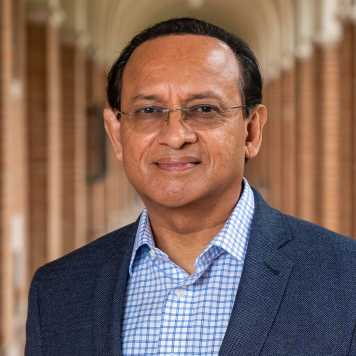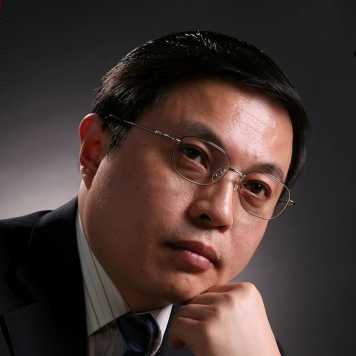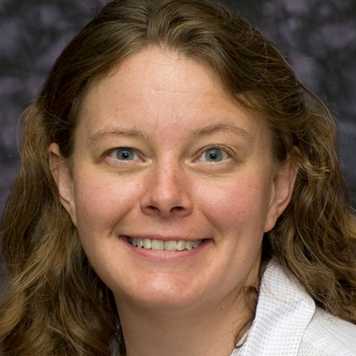All Talks This Semester
AI, ML, and Vision Algorithms for Structural System Identification and Integrity Assessment: Physics-Informed Models and Data-Driven Discovery

April 22, 2024
external pageProf. Satish Nagarajaiahcall_made
Rice University, Houston TX
This lecture introduces novel methods/algorithms to solve essential problems of sparse output-only identification, sparse input-output identification of nonlinear structures, and structural damage detection. These innovative methods utilize Artificial Intelligence, Machine Learning, and Computer Vision. The lecture also presents a new parametric algorithm capable of discovering the underlying governing equations of the system of interest from input-output data, thereby bridging the gap between data-driven discovery and physics-informed models. Furthermore, recently developed Computer Vision algorithms are described to demonstrate successful non-contact sensing, image processing, system identification, and damage detection. Finally, brief remarks describe computer vision and deep learning artificial intelligence techniques developed for non-contact strain sensing, crack, and damage detection.
Satish Nagarajaiah is a Professor of Civil Eng., Professor of Mechanical Eng., and Material Science Nano-Engineering (courtesy) at Rice University, Texas, USA. His teaching and research focus on structural dynamics, seismic isolation, adaptive negative-positive stiffness structural systems, structural control/monitoring, sparse structural system identification, physics-informed/guided machine learning, and noncontact strain sensing/mapping using nanomaterials. He has made pioneering contributions to the development of (1) algorithms for nonlinear dynamic analysis of seismically isolated structures that have been implemented widely in practice—one of the first being San Francisco International Airport, recently being in $5B Apple Headquarters building in California, (2) adaptive stiffness structural systems—particularly adaptive passive negative stiffness systems, (3) non-contact smart strain sensing skin made of carbon nanotubes for producing strain maps, and (4) widely cited sparse structural system identification with machine learning and computer vision algorithms. He serves as the senior editor of the Mechanical Systems and Signal Processing (MSSP) journal (2024-present) and as editor of the Structural Control and Health Monitoring journal (SCHM—Wiley, 2008-present). He served as the managing editor of the ASCE Journal of Structural Eng. (2011-2018). His outstanding contributions have been recognized by (1) the National Science Foundation CAREER award in 1999, (2) the Moissieff Award by ASCE in 2015, (3) Raymond Reese Research Prize by ASCE in 2017, (4) SCHM/IASCM Takuji Kobori Prize in 2019, and (5) prestigious Nathan M. Newmark Medal jointly by ASCE SEI & EMI in 2020. In recognition of his important inventions and pioneering contributions, Nagarajaiah was elected to the United States National Academy of Inventors (F.NAI) in 2019 and elected Distinguished Member of ASCE in 2021.
Dynamics and Topology Optimization of Soft Machines

May 13, 2024
external pageProf. Haiyan Hucall_made
Beijing Institute of Technology, China
Soft machine refers to a kind of advanced mechanical systems, such as a soft robot, a morphing airplane and a deployable space antenna. A soft machine usually consists of a number of soft components and joints so that the machine undergoes both overall motion and large deformation during operation. The coupling of overall motion and deformation is geometrically nonlinear, together with the physical nonlinearity of soft materials, makes the dynamics and design of the soft machine quite challenging.
The lecture presents how to model a soft machine in an inertial frame of reference so as to accurately describe the coupled overall motion and large deformation, how to efficiently compute the dynamics of a soft machine, and how to make the topology optimization of a soft machine. The lecture demonstrates these methods through soft robots and deployable space structures, as well as their experimental validations.
Dr. Haiyan Hu is Professor of Mechanics with Beijing Institute of Technology. He has made recognized contributions to the nonlinear dynamics of controlled systems, the deployment dynamics of large space structures, and the flutter control of aircraft structures. He received The State Award of Natural Sciences twice and some other honors, including Fellow of Chinese Academy of Sciences, Fellow of The World Academy of Sciences, Honorary Member of Hungary Academy of Sciences, Honorary Doctor of Moscow State University, and ASME Thomas Caughey Dynamics Award.
Establishing Smart and Resilient Lunar Habitats

June 19, 2024
external pageProf. Shirley Dykecall_made
Purdue University, West Lafayette IN
The creation of safe and comfortable habitations is one of humankind’s oldest activities. Millennia of trials have brought the design and operation of habitats on Earth to a high degree of sophistication. However, as we consider moving out into Space, we will encounter challenges related to the harsh and unknown conditions that are present in this environment. These challenges will impede safety and thus, progress. Designing to withstand the demands that such extreme environments will place on long-term deep space habitats represents one of the greatest challenges in this undertaking, and is the main the know-how to establish deep space habitat systems that are smart and resilient.
We define SmartHabs as habitats that have the ability to sense, anticipate, respond to, and learn from disruptions. Resilience requires that we first develop approaches to selecting a system architecture with the right features to support resilience. However, system architecture alone is not sufficient, so we are working on techniques to extract the necessary amount of actionable information for repair and recovery through monitoring and embedded intelligence. The mission of the Resilient ExtraTerrestrial Habitats Institute (RETHi) is to provide situational awareness and autonomy to enable the design of habitats that are able to adapt, absorb and rapidly recover from expected and unexpected disruptions. Both fully virtual and coupled physical-virtual simulation capabilities are being established to enable us to explore a wide range of potential deep space SmartHab configurations and operating modes.
Professor Shirley Dyke holds a joint appointment in Mechanical Engineering and Civil Engineering at Purdue University. She is the Director of Purdue's Intelligent Infrastructure Systems Lab and the Director of the NASA-funded Resilient ExtraTerrestrial Habitat Institute. Her research focuses on “intelligent” structures, and her innovations encompass structural health monitoring and machine learning for structural damage assessment and reconnaissance support. She holds a B.S. in Aeronautical and Astronautical Engineering from the University of Illinois, Champaign-Urbana in 1991 and a Ph.D. in Civil Engineering from the University of Notre Dame in 1996. Dyke is the past Editor-in-Chief of the journal Engineering Structures. She was awarded the Presidential Early Career Award for Scientists and Engineers from NSF (1998), the George Housner Medal by ASCE (2022), the SHM Person of the Year Award (2021), the International Association on Structural Safety and Reliability Junior Research Award (2001) and the ANCRiSST Young Investigator Award (2006).
